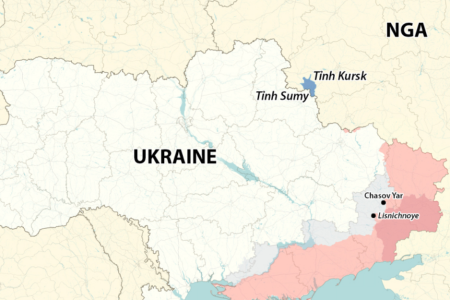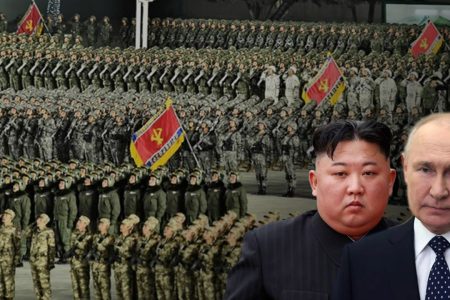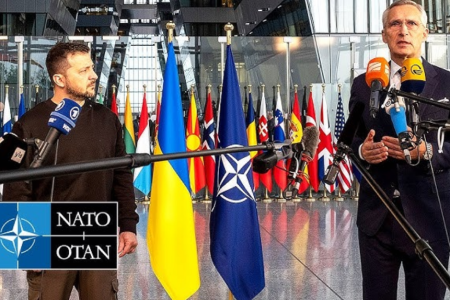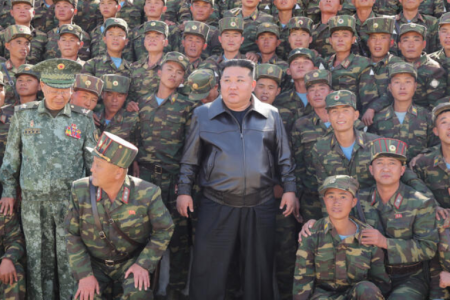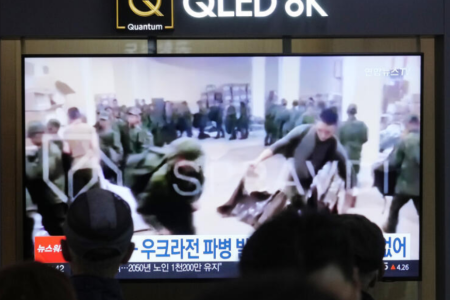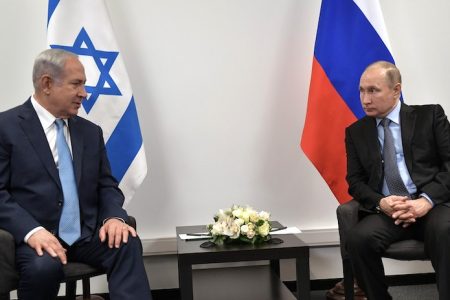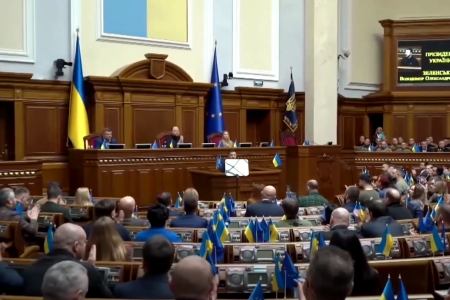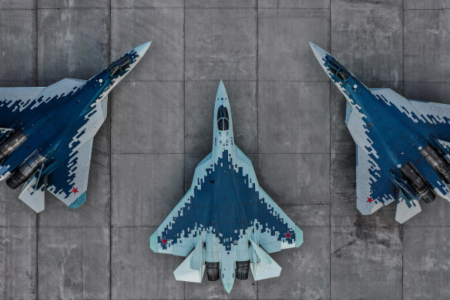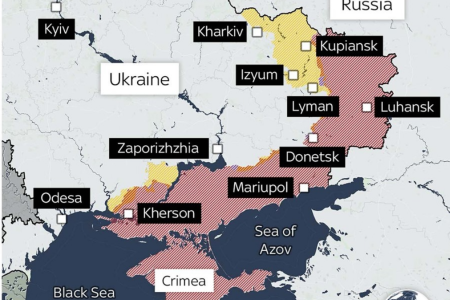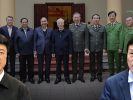
On March 3, 2021, the White House released the Interim National Security Strategic Guidance. In this guidance, Vietnam has been mentioned once as a partner with which Washington will deepen the bilateral strategic relationship in the US global strategy.
This latest mention proves that Vietnam’s strategic position is enhanced in the eyes of US strategic makers. Vietnam is named on par with Singapore, an ally in which the US has a number of naval units garrisoned to coordinate logistics operations, though not a military base. The name of Vietnam is given out at the same time as the ASEAN bloc of which Vietnam is a member. The largest country in Southeast Asia is Indonesia, or the country with a military treaty with the US is the Philippines, which was not even named.
There are two prominent geopolitical issues in this 24-page guide. The first affirms that China is an emerging competitive country that challenges America’s interests and supremacy, and the second is that the US will return to multilateralism, with the principle of linking together with allies and partners to deal with Beijing.
In particular, the document also stated that the US would help China’s neighbors and trading partners to maintain their independence.
Thus, the trend of getting closer between the US and Vietnam continues to take place, at least in the eyes of the American people, even though the two countries are not in the same political regime, nor are they allied. While the US is a democratic country, Hanoi follows a totalitarian regime and advocates no military alliances.
In this new global geopolitical strategy, the US outlines two levels of strategic relations with different countries (to confront China). The highest levels are countries with the same values and democratic views as the US (values, like-minded). The next level is the same interests and purposes (interest, objectives).
It can be understood that Vietnam is seen as lying on this second level, having the same interest in sharing strategic values in the South China Sea (Vietnamese call it the East Sea) and the same purpose of confronting China.
That’s about the US part. Does Hanoi have a new look, different from the inherent policy of swinging between the two powers so far?
I think, in the short term, the official statements of the Vietnamese state will not change, still, revolve around that swinging policy. However, if you follow the activities of Vietnamese geopolitical researchers in the country, closely related to the Vietnamese state, you will see an increasingly strong bias toward the US, such as articles in the International Research journal of Mr. Le Hong Hiep in Singapore, or recently an article on the possibility of Vietnam joining the Indo-Pacific led by the US, by the author Nguyen Huu Tuc, a former military officer working for a team doing research related to Vietnam’s Ministry of Defense.
In a way, these articles are the desire of Hanoi, through the performance of these researchers.
Mr. Nguyen Huu Tuc’s article is published in the magazine East Asia Forum (East Asia Forum). Mr. Tuc questioned whether Vietnam will participate in the so-called Free and Open Indo-Pacific (FOIP) which consists of four “key” countries named the US, Japan, India, and Australia, or not?
The author outlines Vietnam’s obstacles if forced to choose sides in the US-China confrontation, like many other Southeast Asian countries. On the other hand, the author says, there are ways to participate in this “strategic content” without having to officially join FOIP. That is, understanding the wishes of the four framework countries mentioned above, participating in infrastructure construction projects (military?) led by these four countries, building security cooperation projects, and finally the same is to reinforce the international legal perspective on the South China Sea.
In fact, from these four points of Mr. Tuc, the first and last two points are true to his premise, that is participating in “strategic content,” but not officially joining FOIP. Two points 2 and 3 are two clear contents that can only be done when participating in FOIP.
If this military researcher’s point of view reflects the will of the Vietnamese leadership, it shows that Hanoi is also quite embarrassed by the attractiveness of cooperation with the US, in addition to fear of being punished by China.
But will FOIP be maintained by the new Biden administration as it was talked about by the noisy Trump administration four years ago?
The past four years have made it very clear that FOIP cannot be done with Trump’s America First policy. Apart from a few drills out, the Trump administration did not see anything more substantial related to FOIP.
The new guidance on security policy has just been released by the White House, although they mentioned the Indo-Pacific, but not the “quadral.” The document heavily mentions NATO and repeatedly reminds Asian allies Japan, South Korea, and even Taiwan.
Many observers, including Mr. Nguyen Huu Tuc, said that President Biden will maintain FOIP. But that might not be the case either, given the fact that the key country in the quartet, India, does not appear ready to face openly with Beijing.
Given the importance of the China issue, the US’s return to East Asia is very clear, and we also see in that return that Vietnam has an important position, FOIP or not FOIP does not matter, what is important is Vietnam’s own opportunity to drift away from China, decided by Vietnam.
Thoibao.de (Translated)
Source: http://www.viet-studies.net/kinhte/VNBanCoMyTrung_TD.html



